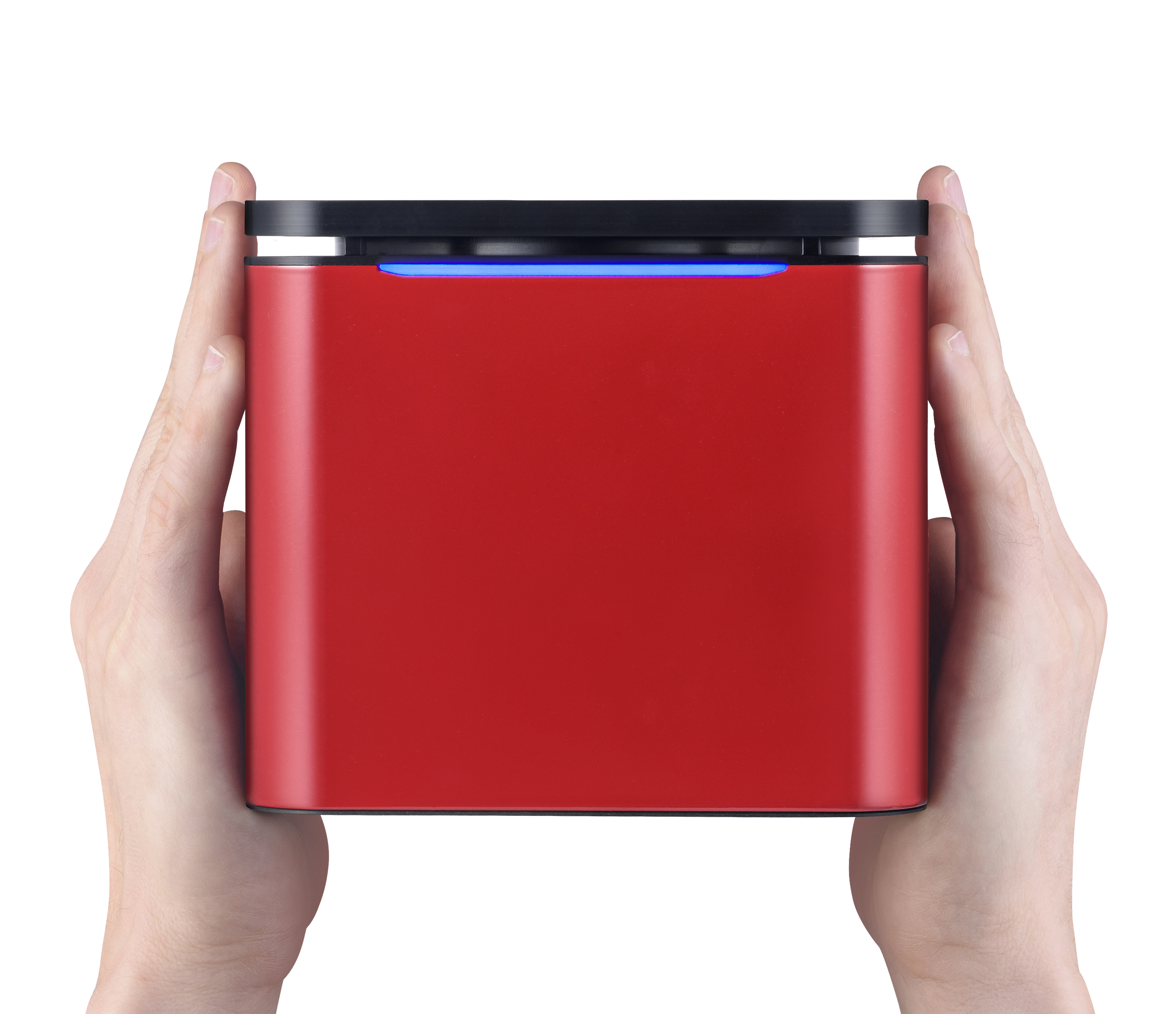In the context of infectious disease diagnostics, real-time polymerase chain reaction (real-time PCR) is a technique used to detect specific segments of a pathogen's genome by amplifying DNA through multiple amplification cycles.
Our expertise in real-time PCR (qPCR / RT-PCR)
At BioSellal, we combine in-depth expertise in bioinformatics with advanced mastery of optimization and validation of real-time PCR kits (qPCR or RT-PCR). We offer reagents designed for rapid, reliable diagnosis of infectious diseases, whether in animal, human or environmental health. Analyses carried out with our reagents enable effective control of epidemics.
.png)
PRACTICAL
Our qPCR reagents are ready-to-use and in blue color, making them quick and easy to distinguish. They can be used on all open thermal cyclers.
.png)
QUALITY
Our qPCR kits are validated to current French standards and evaluated by leading European and international reference laboratories.
.png)
RELIABILITY
All our qPCR kits are supplied with at least one IPC (endogenous and/or exogenous) to ensure extraction quality on all matrices.
.png)
ADAPTABILITY
We offer you identical qPCR programs within the same species. All DNA pathogen kits are validated with an RT step to enable a syndromic diagnostic approach.
To find out more about our real-time PCR applications and diagnostic solutions, please contact us.
Maximize the performance of your analyses by choosing our kits designed for use with the Mic device.
Ensure unprecedented efficiency from start to finish of your diagnostic process with Myra, our liquid dispensing device.
Discover how our solutions can transform your diagnostic operations by exploring our website further.


Mic
✔ Mic is the most compact and robust real-time PCR thermal cycler on the market, weighing just 2kg (15x15x13cm).
✔ Easy to use, it requires no calibration and no maintenance.
Myra
✔ Myra is a liquid handling system capable of pipetting volumes between 1 µL and 50 µL and preparing a PCR plate in less than 5 min.
✔ It supports all types of consumables (Deep well plates, qPCR plates, tubes...).

About the real-time PCR technique
BASIC PRINCIPLE
TaqMan real-time PCR is a molecular biology technique used for the specific detection and quantification of DNA. It uses fluorescent probes called TaqMan probes, which contain a fluorescent label and a quenching agent. During the reaction, the probe binds to a specific target DNA sequence in the sample. During each amplification cycle, the exonuclease polymerase (Taq polymerase) degrades the probe, releasing the fluorescent label. This release is detected and quantified in real-time using a real-time PCR instrument. The fluorescence emitted is directly proportional to the quantity of target DNA.
KEY COMPONENTS INCLUDED IN OUR READY-TO-USE REACTION MASTER MIX
➜ Target DNA-specific primers: Short oligonucleotides that delineate the region of DNA to be amplified.
➜ TaqMan probe: A specific fluorescent oligonucleotide probe that hybridizes within the DNA region targeted by the primers. This probe is labeled with a fluorophore at one end and a quencher at the other. As long as the probe is intact, the quencher inhibits the fluorescence emitted by the fluorophore.
➜ Master Mix: A prepared solution that contains the majority of the components required to carry out a PCR reaction. This usually includes DNA polymerase, dNTPs (nucleotides), appropriate buffers and sometimes stabilizing agents or reaction enhancers.
MECHANISM
➜ Hybridization: During PCR cycles, primers hybridize specifically to their target sequence on the DNA, and the TaqMan probe also hybridizes in the region delimited by the primers.
➜ Elongation and cleavage: During elongation, DNA polymerase synthesizes a new strand of DNA. On encountering the TaqMan probe, the enzyme's 5'→3' exonuclease activity cleaves the probe, separating the fluorophore from the quencher.
➜ Fluorescence: once separated from the quencher, the fluorophore emits light under specific light excitation. The intensity of this fluorescence is proportional to the amount of target DNA amplified.
MULTIPLEXING
Multiplex real-time PCR enables the simultaneous detection and quantification of multiple DNA or RNA sequences using distinct fluorescent probes, each labeled with a different fluorophore.
BioSellal kits are multiplex kits, using standard detection channels: FAM - VIC/HEX - CY5 - ROX/TexasRed
➜ Advantages:
✔ Efficiency: Reduces the number of reactions required by enabling the analysis of multiple genes or pathogens in a single reaction. This saves time and resources.
✔ Material savings: Reduces the amount of sample required for analysis, which is particularly valuable when working with limited samples.
✔ Speed and high sensitivity: Enables rapid, sensitive detection of multiple targets, essential for the rapid diagnosis of infectious diseases or the search for genetic mutations.
➜ Challenges:
✔ Primer and probe design: The design must avoid cross-interactions between primers and probes, which could lead to non-specific amplifications or fluorescent interference.
✔ Reaction optimization: Balancing the different components for each target is crucial to ensure efficient amplification without compromising the overall reaction.
BioSellal successfully meets these challenges, while ensuring a high level of technical performance!
